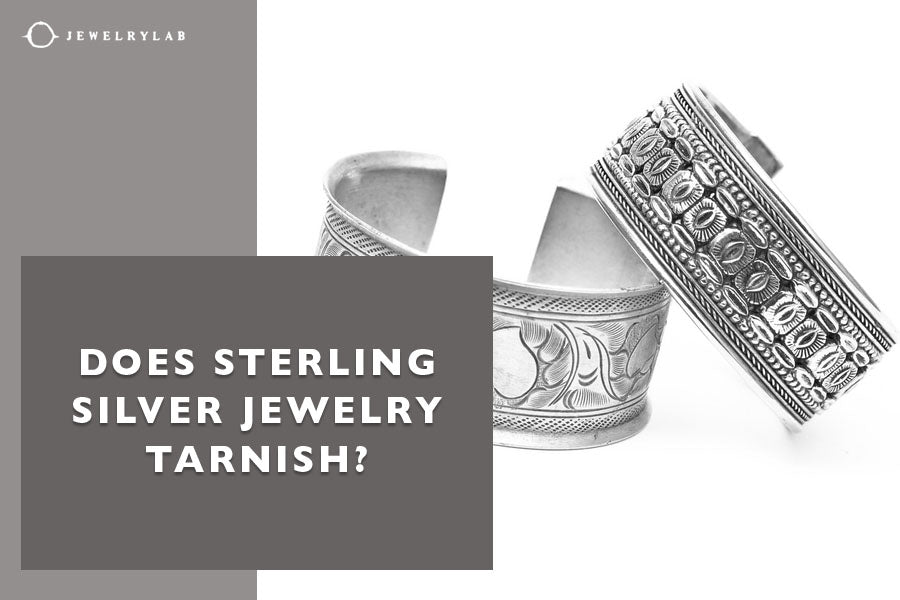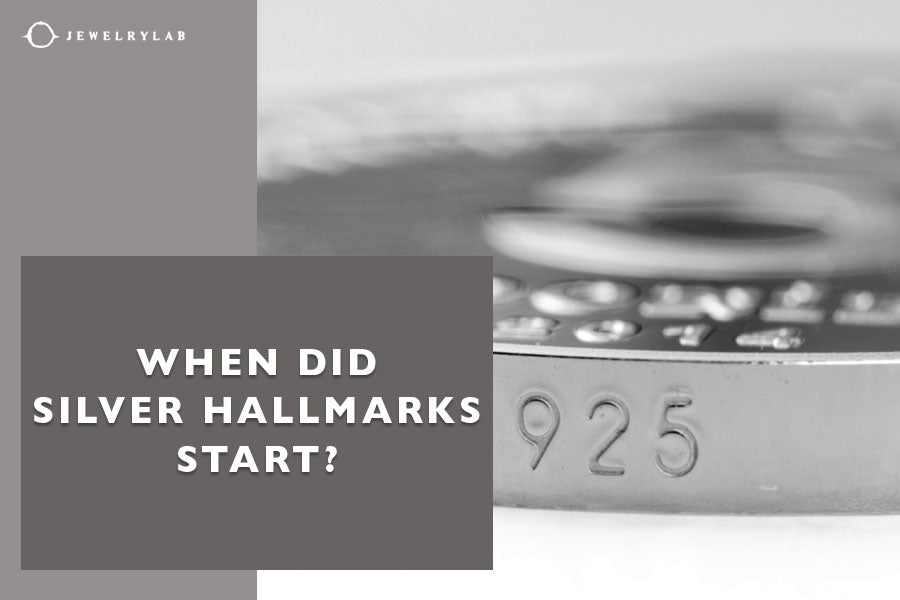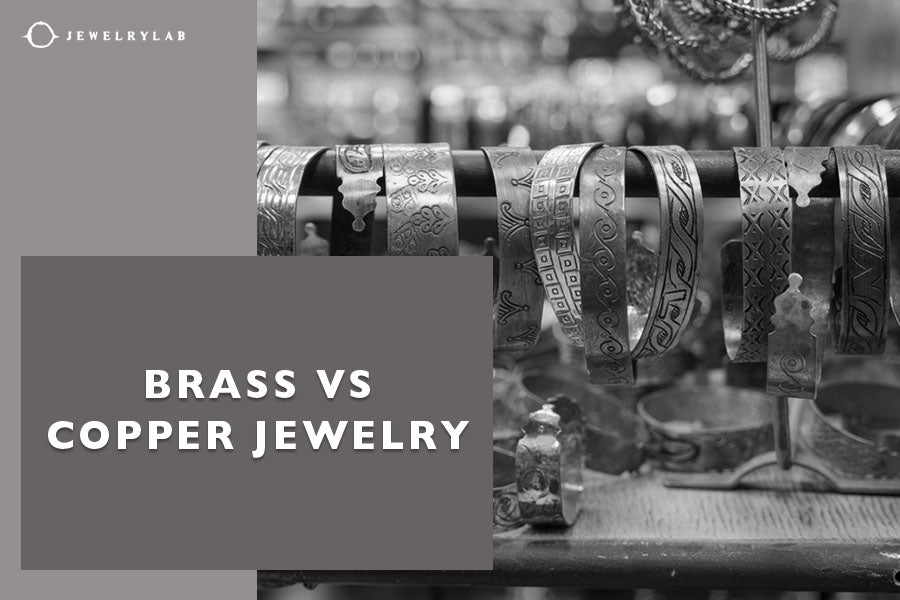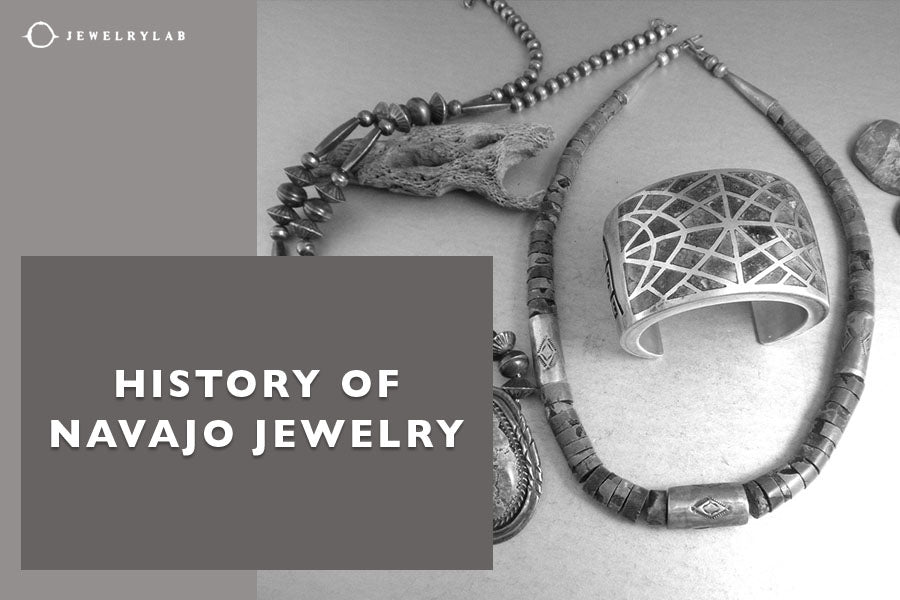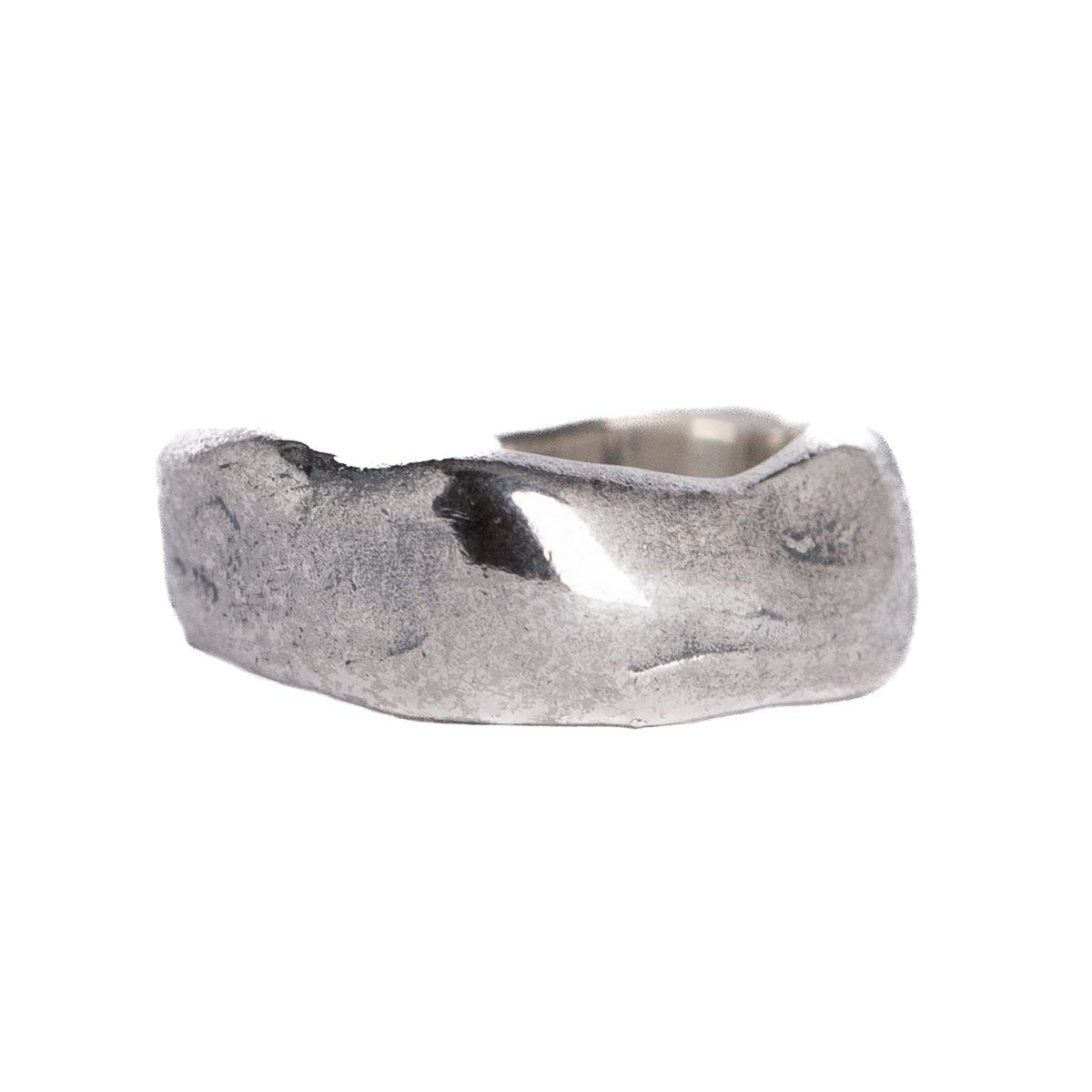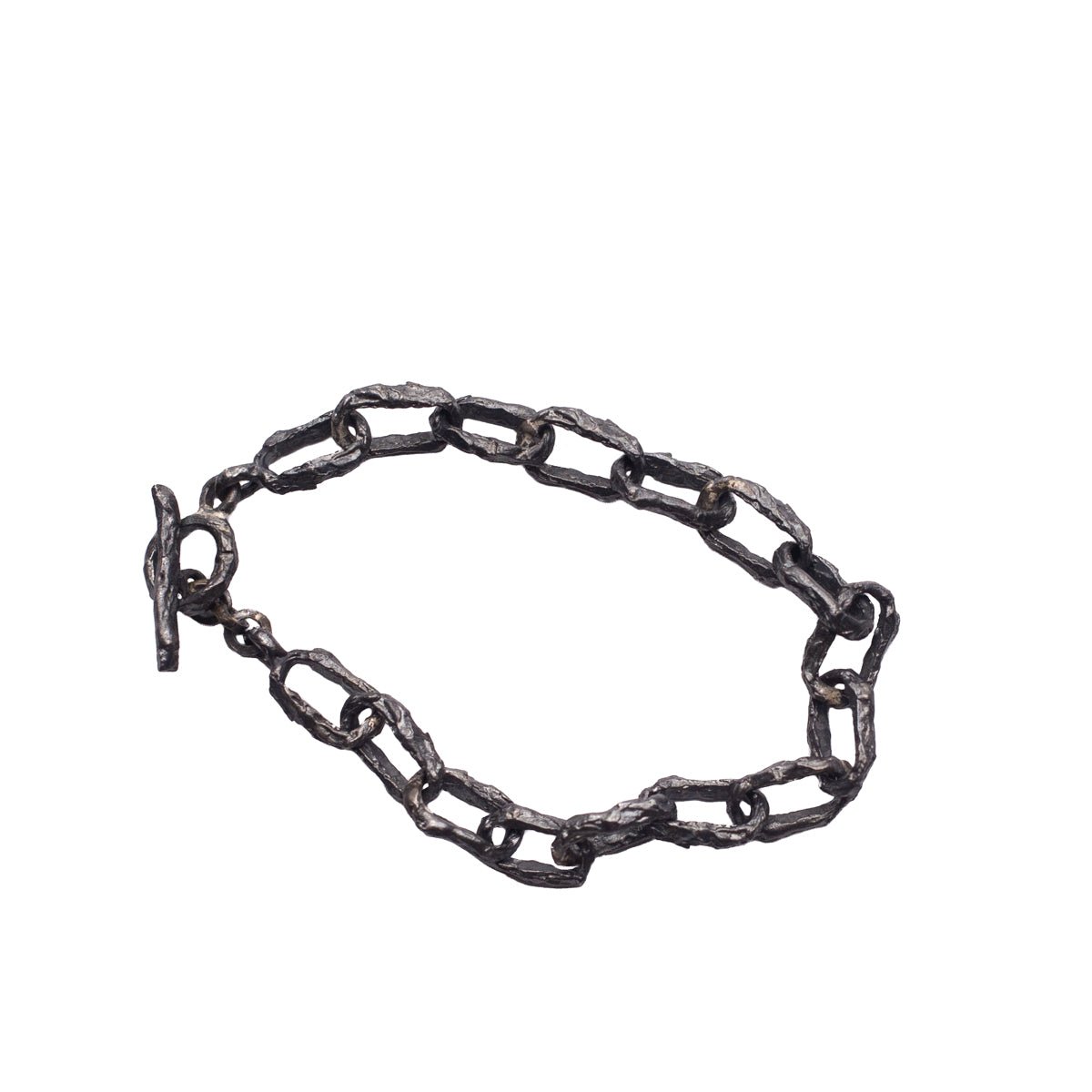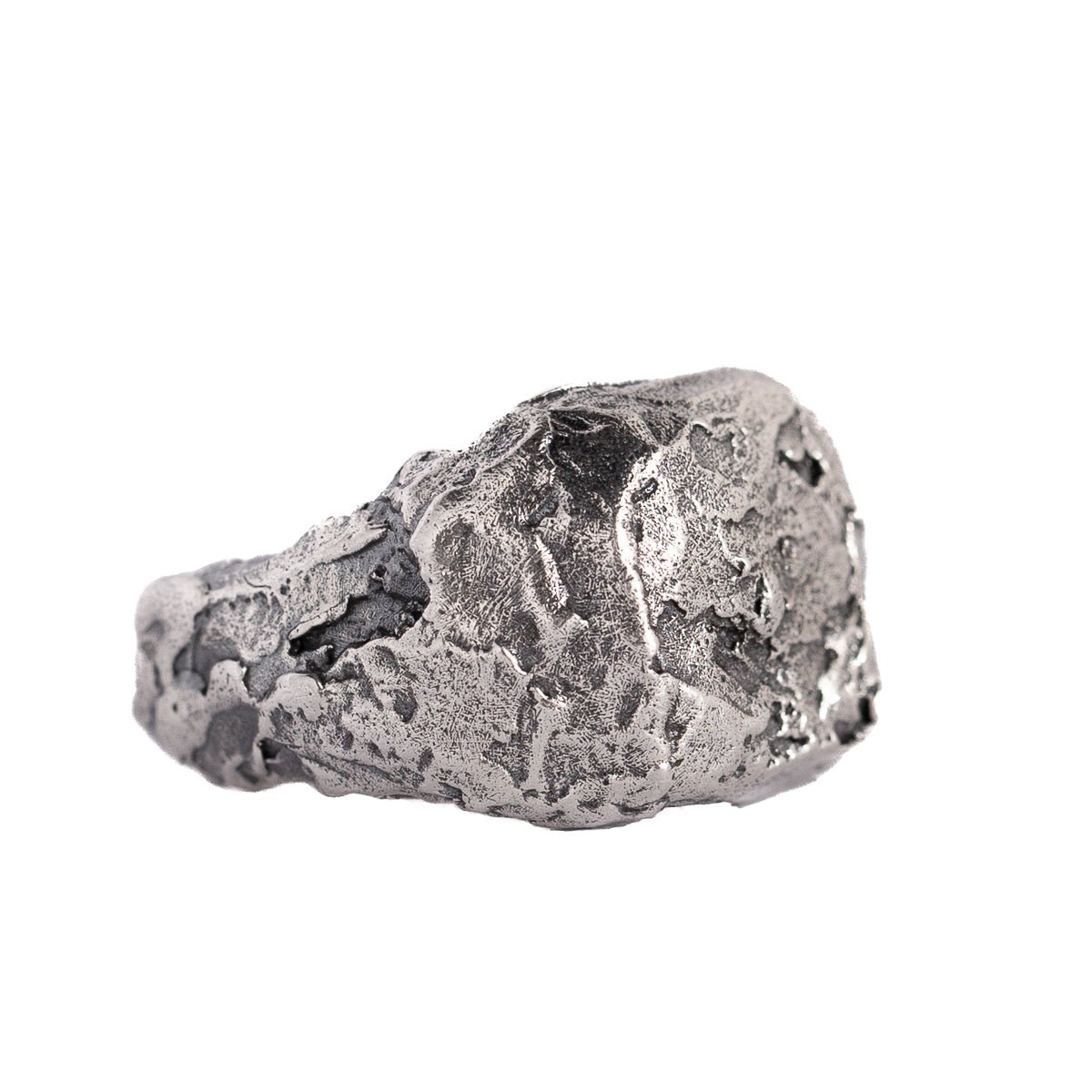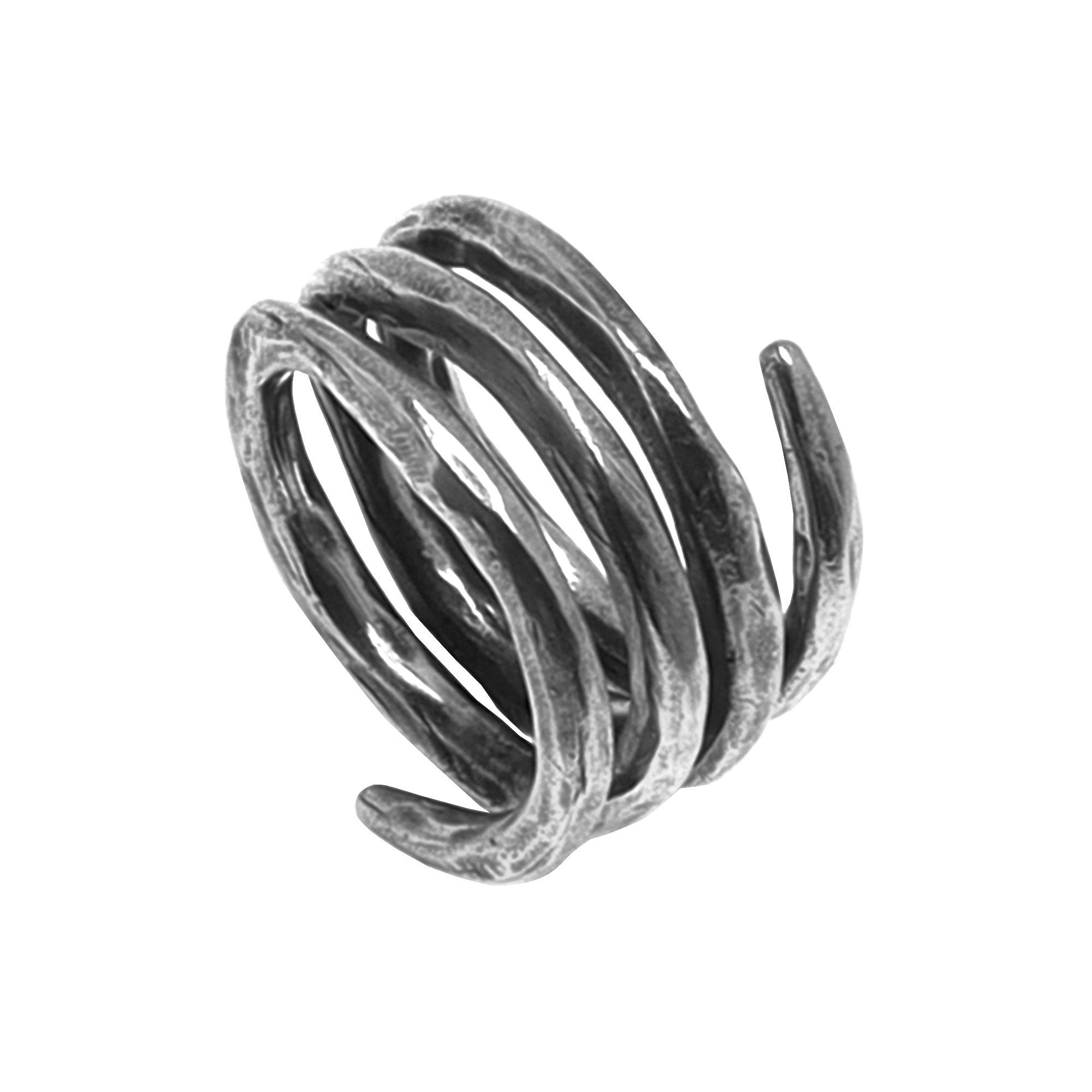by Jesus Zabala - 5 min read
What Tools Did Silversmiths Use in Colonial Times?
Jewelry has been present in our society throughout the history of humankind. Its masterful craftsmanship has been used to depict power and symbolize wealth. With a story that dates back to the 4th millennium BC, the use of silver has evolved alongside us without losing any of its charm. But what tools did silversmiths use in colonial times?
With JewelryLab’s deep appreciation of culture, art, and nature, we want to highlight the masterful craftsmanship behind the various tools and techniques used throughout the ages. By honing the art of jewelry creation ourselves, we want to showcase our appreciation to the old masters of this craft.
Continue reading to discover what a silversmith did in colonial times and what tools they used to turn silver into mesmerizing jewelry designs!

The History of Silversmithing
As mentioned, silversmithing has a rich history with various tools and techniques. Some of the oldest silver artifacts date back to 4000 BC in the ancient Sumerian culture.
While many people used it to craft tools, it also played a big part in the monetary system. Due to its resistance to oxidation and mesmerizing white color, silver also had a vital role in ornamentation and making household utensils.
Even though it lost some of its popularity for a short time due to the use of gold, it was once again used as the main material for metal artwork during the Middle Ages.
During colonial times, the masterful talents of silversmiths were considered art, a statement that we believe still holds true today. Even though these metalworkers' training, techniques, and history are similar to goldsmiths, the biggest difference is in the end product. With mercantilism being the basic policy imposed from the 1660s, it aimed to trade surpluses to get more silver and gold.
But what did a silversmith do in colonial times? Many silversmiths were tasked to craft local coinage when there was a coin shortage in the colonies. Thus, they were vital in the growth and stability of colonial society.
What Tools Did Silversmiths Use in Colonial Times?
Since silversmiths were tasked with many important matters, they had to use specific tools to keep up with the workload. Even though the latest technological advancements have allowed us a faster and more efficient crafting process, the old silversmiths had to rely on the following tools:
- Furnace
- Anvil
- Hammer
- Shaping and forming tools
- Scribe

Furnace
In order to be able to craft any metal product, metalworkers first had to heat up the crafting material. Therefore, an operating furnace was necessary for silversmiths to melt silver in colonial times. With a force of over 2,000 degrees Fahrenheit, these metalworkers melted the silver while holding it in a crucible or ladle.
Unlike our modern times, in the colonial era the furnaces were heated by using bellows. That’s why many silversmiths had apprentices or assistants in their shop tasked with this duty.
Furthermore, this tool could melt different silver products to recraft them in the desired design. This included coins, silver ingots, and other small silver items.
Anvil
The anvil was the most important tool used by silversmiths during colonial times. This large metal block with a flat surface was usually made from forged or cast steel. This material was chosen because it can withstand the blows it takes when objects are struck on it during metalwork.
The most important element of the anvil is its face, representing the flat surface where the silver is placed to be worked. The reason why this part of the anvil has the biggest impact on the end product is because any dents or marks will transfer to the work.
Since it’s been hardened and tempered to prevent any deformities from repetitive use, the anvil’s face can easily resist the blows of the silversmith. Its smooth and rounded edges prevent the metal being worked on from being cut into, which may result in cracks once the silver product is finished.
The hardness of the anvil is designed to reduce the amount of force needed for each blow on the crafting material. However, the silversmiths had to be careful not to strike the face itself since it could get damaged or deformed.
Hammer
The hammer was the second most important tool found in a silversmith's array of equipment. Since molding the silver required a specific amount of pressure applied on the anvil, this tool was most suitable to deliver the needed blows on the material.
While it may initially sound simple, creating the desired silver shape required different hammers. For example, smaller hammers characterized by smoothness were most commonly used during the planishing technique. This technique achieves a very smooth surface on the end product.
On the other hand, raising hammers were typically used when the silversmiths wanted to shape the silver in a specific way. This allowed them to plan their strokes to achieve their desired results precisely.
Shaping and forming tools
Besides the anvil and hammer, a silversmith needs various shaping and forming tools. The most common ones found in most silversmith shops were the molds. To ensure the quality of the product, these metalworkers often used several molds when refining the silver.
Thus, once the silver was melted, the first mold used was mostly with an ingot form. This allowed the material to cool down before being reheated again for further refinement.
When dealing with more complicated designs, the silversmiths had to include specific pieces in the mold. For example, many silver objects required handles or spouts for their functionality. Once these parts were created, they were soldered into the final silver piece.
Scribe
The last silversmith tool commonly used in colonial times was the scribe. This renowned piece of equipment was designed to decorate the silver products and engrave the silversmith’s signature on them. They could also be used to add patterns to the silver product’s design to make it unique.
Scribes had the form of long, thin sticks and were usually tipped with strong materials. The two most common materials used were wood and metal, such as cast iron.
Moreover, most metalworkers had two primary techniques when working with this tool. The first was to scrape the silver product along the surface to create the wanted design. On the other hand, the second technique required gently hammering the scribe to create small indentations.

Conclusion
What tools did silversmiths use in colonial times? To recap, they used a furnace, anvil, hammer, scribe, shaping and forming tools. So, we hope you’ve found a new appreciation for this masterful craft.
Even though the silversmith techniques have evolved throughout the ages, our team at JewelryLab still carries a deep appreciation for the old masters. Inspired by their hard work and dedication, our team takes pride in creating unique jewelry pieces.
Lastly, if you’re looking for the right accessory to remind you to be authentic, check out our silver collection and its unparalleled beauty!


